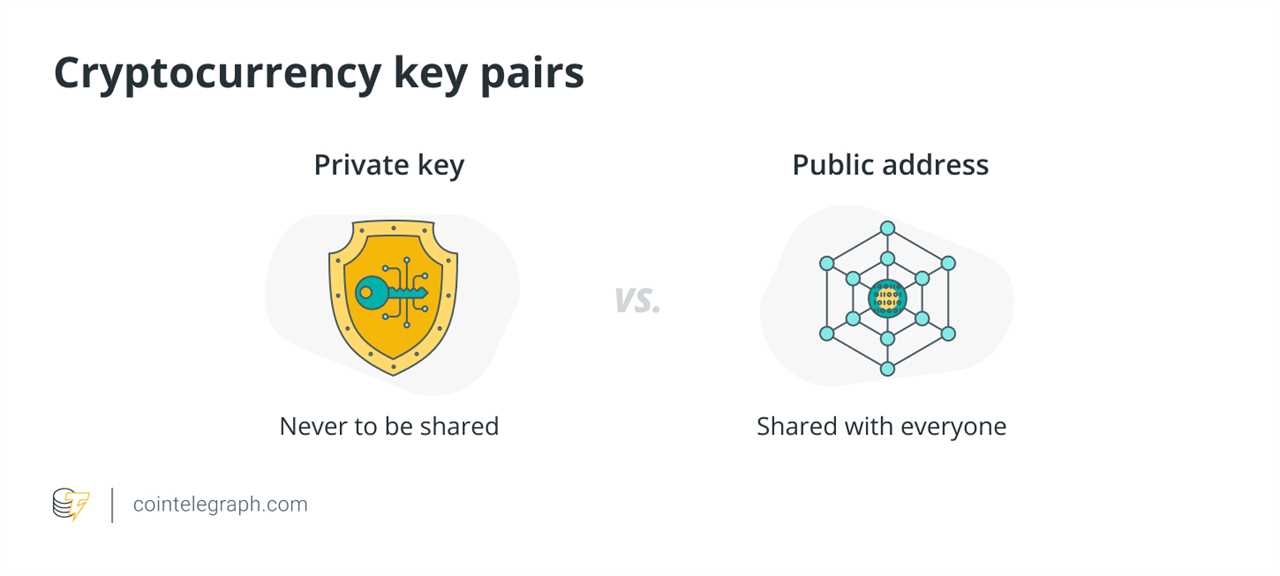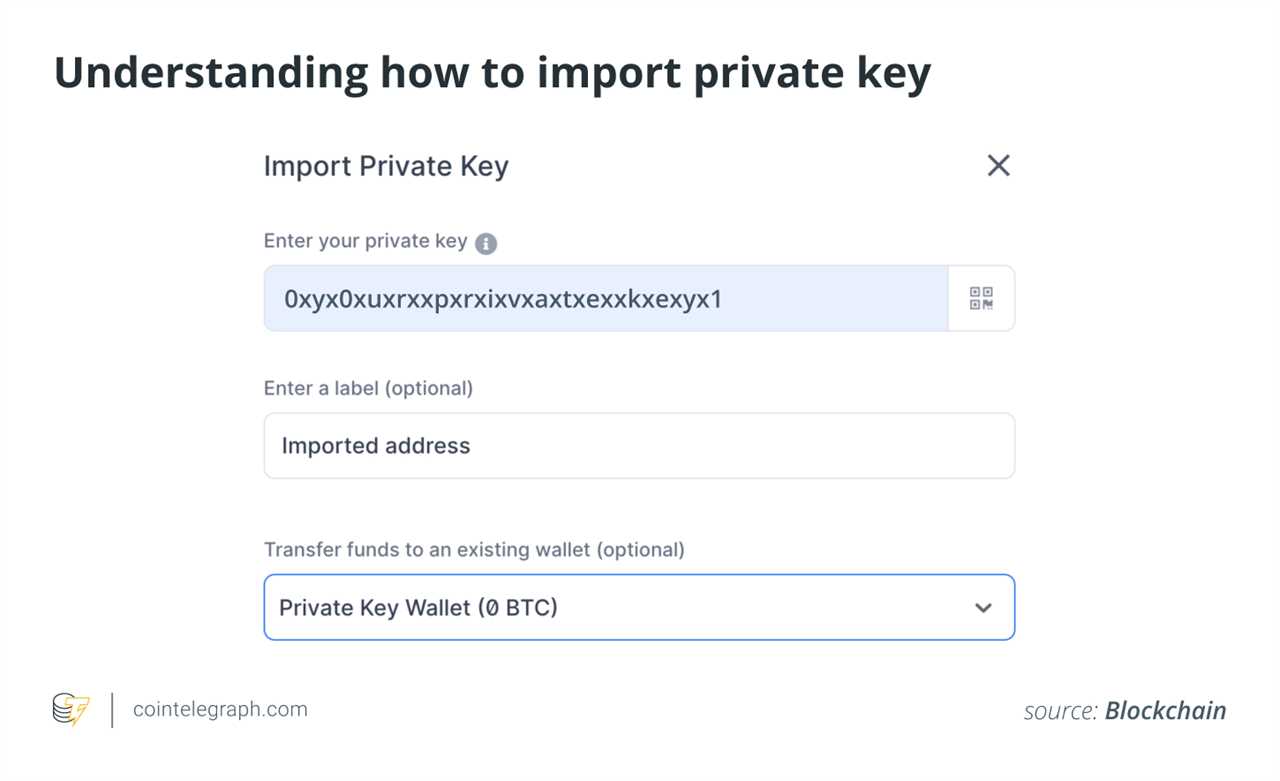
What are private keys?
In the world of cryptocurrencies, private keys are the keys to one's digital kingdom. They are unique cryptographic keys that play a vital role in securing one's assets. The private key acts as a password, granting access to funds, while the public key serves as the wallet address for seamless transactions.
The risks of losing access to private keys
Losing access to private keys can have significant consequences in the digital world. It can lead to financial loss, legal issues, and compromised online security. Hackers can impersonate users, resulting in identity theft, unlawful access to private data, and financial fraud. Protecting private keys is crucial to prevent such dire circumstances.
Examples of the risks
Real-life examples of James Howells and Stefan Thomas highlight the risks of losing access to private keys. Howells accidentally threw away a hard drive containing his Bitcoin private keys, now worth millions of dollars. Thomas forgot his password, locking away his Bitcoin funds. These cases emphasize the importance of safeguarding private keys.
Methods for backing up private keys
There are various methods for backing up private keys, each with its advantages and drawbacks:

- Paper wallets: Tangible documents holding public addresses and private keys offer high security but can deteriorate or get damaged.
- Hardware wallets: Physical devices designed for offline storage provide increased security, but there is still a risk of damage, loss, or theft.
- Encrypted digital file: Storing private keys on external devices, like hard drives or USB drives, as encrypted files offers convenience but carries the risk of theft or data corruption.
- Encrypted cloud storage: Keeping private keys in the cloud with strong passphrase protection allows remote access but raises concerns about the cloud service provider's security and potential data breaches.
- Mnemonic phrases: User-friendly word sequences can be used to recover private keys if stored securely, but caution must be exercised to prevent unauthorized access.
Steps to recover a wallet using backed-up private keys
To recover a crypto wallet using backed-up private keys, follow these steps:
- Gather the necessary items, including the official wallet software and safely backed-up private keys.
- Install the wallet software from the official website.
- Access the wallet and choose the option to import the private key.
- Verify the balance on the blockchain and take additional security measures.
- Create a new backup, test transactions, and ensure the recovery is successful.
- Consider additional security measures, such as frequent backups and two-factor authentication.
Recovering a wallet using a backup seed phrase
Recovering a wallet using a backup seed phrase is a straightforward process:
- Install or launch the wallet software.
- Locate the wallet recovery or restore option.
- Enter the seed phrase in the correct order.
- Wait for the wallet software to synchronize.
- Access the recovered wallet with the correct balance and transaction history.
Changes in private keys during wallet recovery
In most cases, the private key associated with a wallet address remains the same during the recovery process. The goal is to regain access to the same wallet using the same private keys. However, users should be aware of specific details and follow instructions provided by the wallet provider to ensure a smooth and accurate recovery.
Common mistakes to avoid during wallet recovery
During the wallet recovery process, users must avoid common mistakes that could result in the permanent loss of cryptocurrency funds. Typing the private key incorrectly, compromising wallet security by sharing recovery phrases or private keys, falling for phishing scams, and neglecting antivirus updates and backups are all risks to be aware of.







